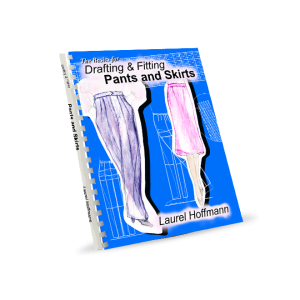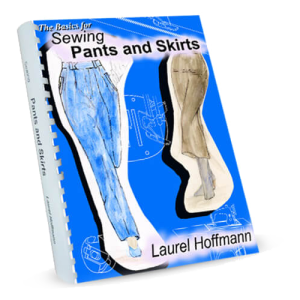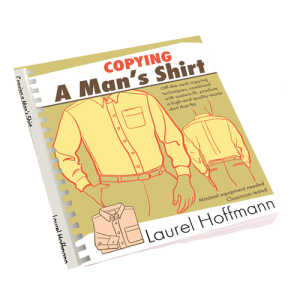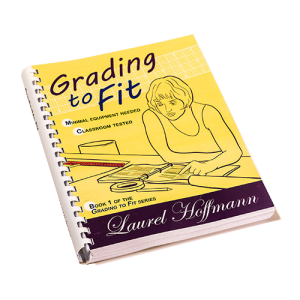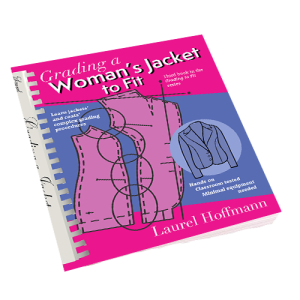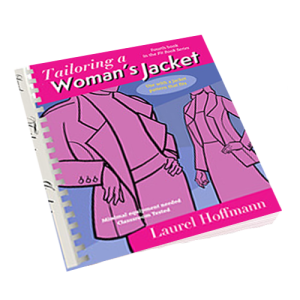
Fabric purchase:
Although I almost always buy fabric from our outstanding fabric shops here in Philadelphia, this time I went online and found Hawaiian cotton fabric that both Andrew and I liked. When it arrived in the mail I could see we had made a very good choice.
Washing the fabric:
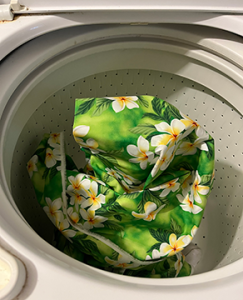
The first step was to wash the cotton fabric in hot water and dry it in a hot dryer.
It can take 50 washings before all chemicals are removed. Plus, cotton has a tendency to shrink. I would like to think all fabric is safe, but many chemicals may have been used in its production, so I wash all fabric.
Cutting to match:
- This fabric required cutting to match. I had bought extra fabric to make sure I would have enough. The most
important pieces to match are the left and right-front shirt patterns. After marking the pocket location on the left-front shirt pattern, I laid the left-front shirt pattern over the fabric where the pocket would look best. Then I laid the right-front pattern’s center-front line over the left-front pattern’s center-front line, using my L-squares to make sure the cross-grains were aligned with the fabric’s selvages.
- Next I traced the underlying fabric’s pattern onto the right-front pattern so I could re-lay the right-front pattern over the same pattern in another area of the fabric.
- A man’s yoke should be cut so the straight grain lies from armhole to armhole. But to allow the yoke to match the back shirt, I cut the yoke with its straight grain down the center of the back. To give the yoke the strength it needed across the shoulders, I fused the top yoke.
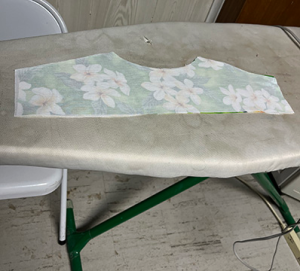
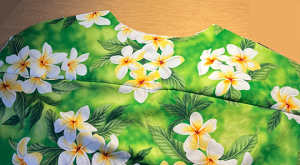
How I sewed the shirt:
- Once cut, the next step was to sew the shirt together using the industrial techniques I had written and diagrammed in Copying a Man’s Shirt.
- I referred to my book, Copying a Man’s Shirt, for the information I had discovered when I was writing Copying a Man’s Shirt and researching how the industry cuts and sews men’s shirts. I had made my first shirt using home-sewing methods, which took forever. It was then I realized the industry HAD to be doing something different.
- When I was in the industry I always worked in women’s apparel, so had no experience with men’s clothing production. But I knew the industry used different methods than those presented in home-sewing instructions. Otherwise how could a shirt, manufactured offshore, sell for $20?
- Because I am a technical designer, it was fairly easy for me to examine some of my husband’s shirts and discover how the men’s apparel industry manufactures men’s shirts.
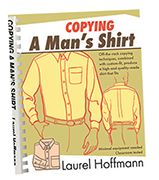
- The industrial techniques presented in the book, written when I was developing and college-classroom testing the book several years ago with my continuing professional education students, which included design-room personnel, enabled me to draft and fit Andrew’s shirt in a reasonable amount of time. The Hawaiian shirt, shown in this blog post has short sleeves. Copying a Man’s Shirt shows how to fit and sew long sleeves.
- I now have to look inside my husband’s shirts to see if my label is in my husband’s shirts. Otherwise I don’t know if we bought, or if I made the shirt.
Copying a Man’s Shirt is 20% off through December 31, 2024. Use coupon code: shirt
Working through this book you will also discover how to take a pattern off a ready-made garment, which I do all the time. The patterns developed in the industry are easier to use and up to date with the fashion trends. No stitching or labels are removed. After I have copied a purchased garment I return it to the store, something done all the time in the industry. This is completely legal, as there are no copyrights on garments.
LaurelHoffmann-YouTube
https://laurelhoffmann.com/
https://www.facebook.com/CFashionEdu
https://www.linkedin.com/in/laurelhoffmann/
https://phillycam.org/project/creating-fashion
https://www.instagram.com/laurelhoffmann4015/
RSS Feed: https://laurelhoffmann.com/blog/
https://www.ravelry.com/projects/LaurelHoffmann
https://www.yelp.com/biz/laurel-hoffmann-oreland
https://www.thumbtack.com/pa/philadelphia/drawing-lessons/fashion-drafting-sewing-books-classes
e-mail
Phone: 215 884 7065
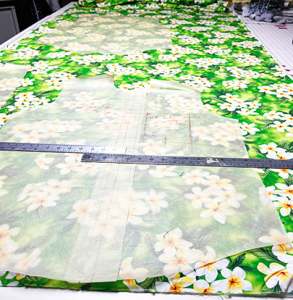 important pieces to match are the left and right-front shirt patterns. After marking the pocket location on the left-front shirt pattern, I laid the left-front shirt pattern over the fabric where the pocket would look best. Then I laid the right-front pattern’s center-front line over the left-front pattern’s center-front line, using my L-squares to make sure the cross-grains were aligned with the fabric’s selvages.
important pieces to match are the left and right-front shirt patterns. After marking the pocket location on the left-front shirt pattern, I laid the left-front shirt pattern over the fabric where the pocket would look best. Then I laid the right-front pattern’s center-front line over the left-front pattern’s center-front line, using my L-squares to make sure the cross-grains were aligned with the fabric’s selvages.
